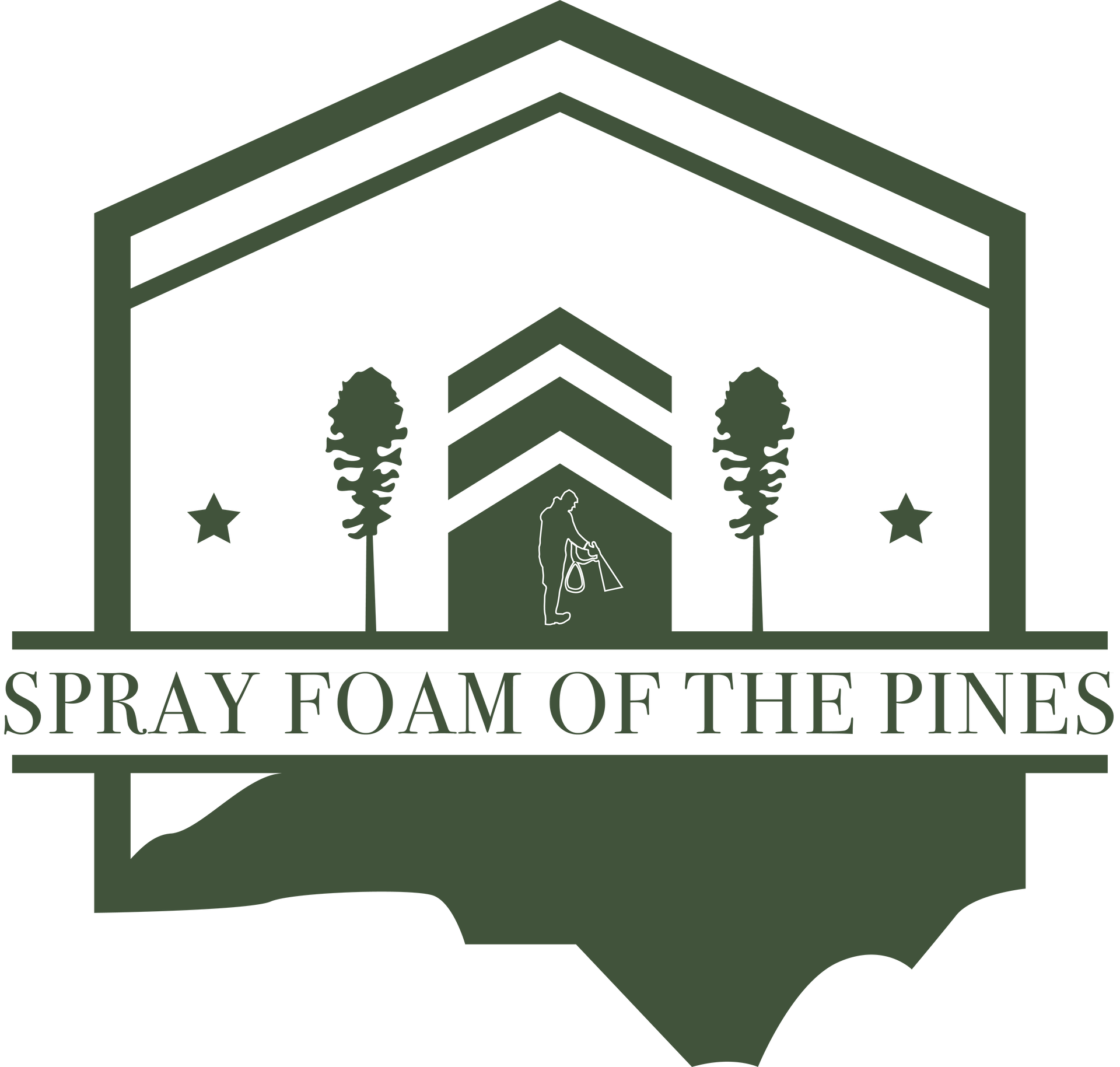Sanford Homeowner's Guide to Energy-Efficient Insulation
Energy-efficient insulation helps Sanford homeowners reduce utility bills while maintaining comfortable indoor temperatures year-round. The right insulation system creates a thermal barrier that prevents conditioned air from escaping, making your heating and cooling systems work more efficiently and extending their lifespan.
What Makes Insulation Energy-Efficient?
Energy-efficient insulation combines high thermal resistance with excellent air sealing properties. While traditional insulation materials like fiberglass mainly slow heat transfer, modern spray foam insulation also stops air leaks that can waste significant energy. The combination of thermal protection and air sealing creates superior energy performance.
The effectiveness of insulation is measured by its R-value, which indicates resistance to heat flow. However, R-value alone doesn't tell the whole story. Air leaks can reduce the effectiveness of any insulation, which is why comprehensive air sealing is equally important for energy efficiency.
How Much Can Energy-Efficient Insulation Save You?
Most homeowners see noticeable reductions in their energy bills within the first month after installing quality insulation. The exact savings depend on your home's current insulation condition, energy usage patterns, and local utility rates. Homes with little or no existing insulation typically see the most dramatic improvements.
Beyond immediate savings, energy-efficient insulation reduces wear on your HVAC system. When your heating and cooling equipment doesn't have to work as hard to maintain comfortable temperatures, it lasts longer and requires fewer repairs. This translates to additional long-term savings on maintenance and replacement costs.
Which Areas of Your Home Need Better Insulation?
Attics are often the biggest source of energy loss because hot air naturally rises and escapes through the roof. Walls, especially those facing prevailing winds, can also allow significant heat transfer. Basements and crawl spaces are commonly overlooked areas where proper insulation can make a big difference.
Windows and doors represent obvious places where air can leak, but many homeowners don't realize that electrical outlets, light fixtures, and plumbing penetrations can also create small but significant air leaks. Professional energy audits can identify the specific areas where your home loses the most energy.
Why Sanford's Textile History Influences Modern Insulation Needs
Sanford's heritage as a textile manufacturing center means the area has many older homes built during the early-to-mid 20th century. These homes often have construction characteristics that create unique insulation challenges, including balloon framing, minimal original insulation, and air leakage paths that weren't addressed in older building practices.
Many historic Sanford neighborhoods feature homes with solid wood siding, plaster walls, and single-pane windows that require thoughtful insulation approaches. Professional spray foam insulation services in Sanford understand how to work with these older construction methods while respecting the character of historic homes. Local contractors familiar with the area can also provide guidance on energy-efficient solutions for various building types found throughout the community.
Spray Foam of the Pines helps Sanford homeowners improve their home's energy efficiency with insulation solutions designed for lasting performance. We understand the unique characteristics of older homes and provide personalized service to address your specific energy-saving goals. Contact us at (910) 684-3691 to learn how energy-efficient insulation can reduce your utility costs and improve your home's comfort.

